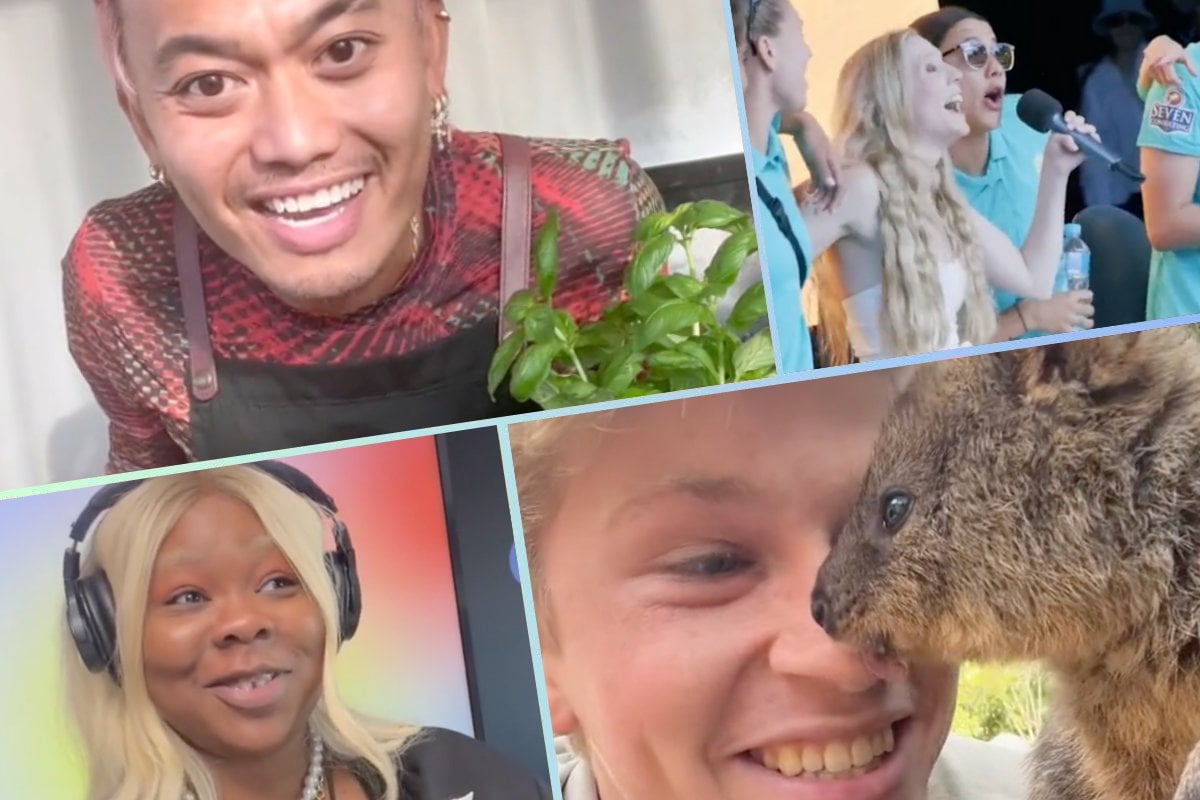

It starts with the kind of mum many of us aspired to be, hilariously immortalised by Amy Poehler’s character in Mean Girls, who casually says, “I’m not a regular mum, I’m a cool mum”. Then we end up being the type of mum we actually are; overwhelmed with the mental load of decoding the nuances of platforms we never grew up with ourselves.
I admit I swing wildly from “cool mum” to the mum who says 'no worries!' a lot for someone filled with worries, many times throughout the day, but there are certain areas where the balance needs to be just right. Like when it comes to online safety. Because we need to learn how we can give teens enough freedom to explore the digital world but make sure they’re safe while doing it.
Someone who has the balance right is mum-of-two Yasmin London. After spending 13 years in the New South Wales Police Force, and 11 years within youth online safety, Yasmin has worked closely with the real-life consequences of online safety experienced by young people.
As Executive Director of ySafe, Australia's leading provider of cyber safety education, Yasmin's been working with TikTok to create an easy and helpful Guardian’s Guide resource for parents guiding their teens online wellbeing, including how to set up TikTok's Family Pairing tool – all in an effort to make the platform a safer place for teens.
But how exactly, you ask? I sat down with Yasmin to ask ALL of the questions.
Watch: Jessica Rowe sits down with Yasmin London from ySafe to chat all things teen online safety. Post continues below.
